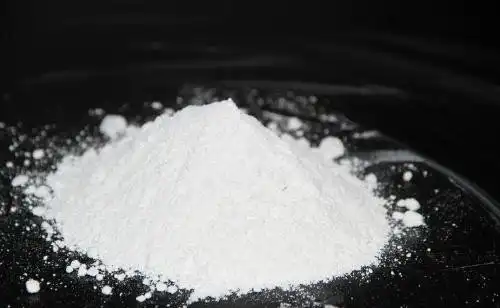Silicon steel sheets are called electric porcelain steel sheets abroad. Their main purpose is to make motor cores and transformer cores. In order to meet the requirements of the electrical and physical properties of the core, the silicon steel sheets undergo a high-temperature annealing process of 1200-1250 degrees Celsius during the manufacturing process of oriented silicon steel sheets. In order to enable the iron metal atoms to complete a regular orientation arrangement during the annealing process and to form an excellent insulating film on the surface of the silicon steel sheet, this process must be completed over 7 days. In such a long high-temperature process, the general silicon steel sheet will become an iron lump. Therefore, a high-temperature annealing separator must be applied between the silicon steel sheets to prevent the sintering of the silicon steel sheets. At the same time, the separator must be able to form an excellent insulating film layer with the silicon on the surface of the silicon steel sheet.
The role of magnesium oxide is first as a high-temperature annealing separator in the manufacture of silicon steel sheets. At the same time, it has the function of forming a magnesium silicate glass insulating coating with silicon. It can also remove impurities such as sulfur and phosphorus in silicon steel during high-temperature reactions. Hebei Messi Biology Co., Ltd. stated that silicon steel grade magnesium oxide must have the following properties:

1. It must have a high chemical purity to avoid adverse effects on the formation of magnesium silicate coating under high temperature conditions.
2. It must have good suspension performance in water. When magnesium oxide is coated on the surface of silicon steel sheets during the manufacturing process of silicon steel sheets, magnesium oxide and water are generally mixed into a slurry for coating. In order to prevent the deposition of magnesium oxide during the coating process, the suspension performance of magnesium oxide in water must be guaranteed.
3. It must have a low hydration rate. The hydration rate of magnesium oxide refers to the percentage of magnesium hydroxide generated by magnesium oxide in water under certain temperature conditions and within a certain period of time. After the surface of the silicon steel sheet is coated with magnesium oxide slurry, it is rolled into a steel coil and placed in a bell furnace for annealing. During annealing, the water must be drained first. The more magnesium hydroxide is generated, the longer the drainage time is. On the other hand, excessive water is easy to generate iron oxide with iron, which affects the formation of magnesium silicate film. The hydration rate of magnesium oxide is an important indicator for measuring silicon steel grade magnesium oxide.
4. It must have a certain activity. Highly active magnesium oxide easily reacts with silicon oxide to form magnesium silicate glass, but too high activity will increase the hydration rate of magnesium oxide, which is unfavorable to the formation of magnesium silicate film. The activity of magnesium oxide should be considered comprehensively.
5. The slurry of magnesium oxide should have strong adhesion to the surface of silicon steel sheet. In this way, after magnesium oxide is coated on the silicon steel sheet and dried, it will not fall off the steel sheet after strong vibration and friction.
